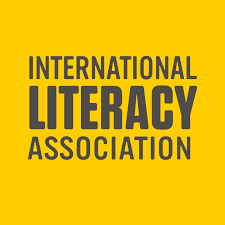
Abstract originally posted by International Literacy Association
Abstract
“This study examined silent reading rates (SRRs) in relation to students’ estimated academic vocabulary grade levels (EVGLs) and comprehension accuracy (Comprehension Items Correct; compIC). Analyses were based on data from 288,934 students in grades 2-12 who completed an adaptive silent reading assessment that yielded measures of the three variables of interest. Silent reading rate was measured while students read five 150- to 300-word passages. Each student’s initial passage difficulty was aligned with their EVGL. Each passage was followed by five comprehension questions, such that in total, students could answer up to 25 comprehension items correctly. Two-level Multilevel Models (MLMs) were fitted to evaluate SRR in relation to EVGL, compIC, and their interactions. The final MLM included the random intercept and three random slopes for the two level-1 predictors (school-mean-centered EVGL as the focal predictor and school-mean-centered compIC as the moderator) and their interactions. Results indicated that: (a) the fixed effect of higher EVGL on SRR was positive and significant, (b) the fixed effect of higher compIC on SRR was negative and significant, and (c) there was a significant interaction indicating that the relationship between school-mean-centered EVGL and SRR grew stronger as school-mean-centered compIC increased. These results suggest that vocabulary knowledge and SRR increase in concert among students with good comprehension, whereas SRRs measured in the absence of good comprehension are less meaningful and may indicate inadequate skills or insufficient motivation to fully comprehend what is being read.”

